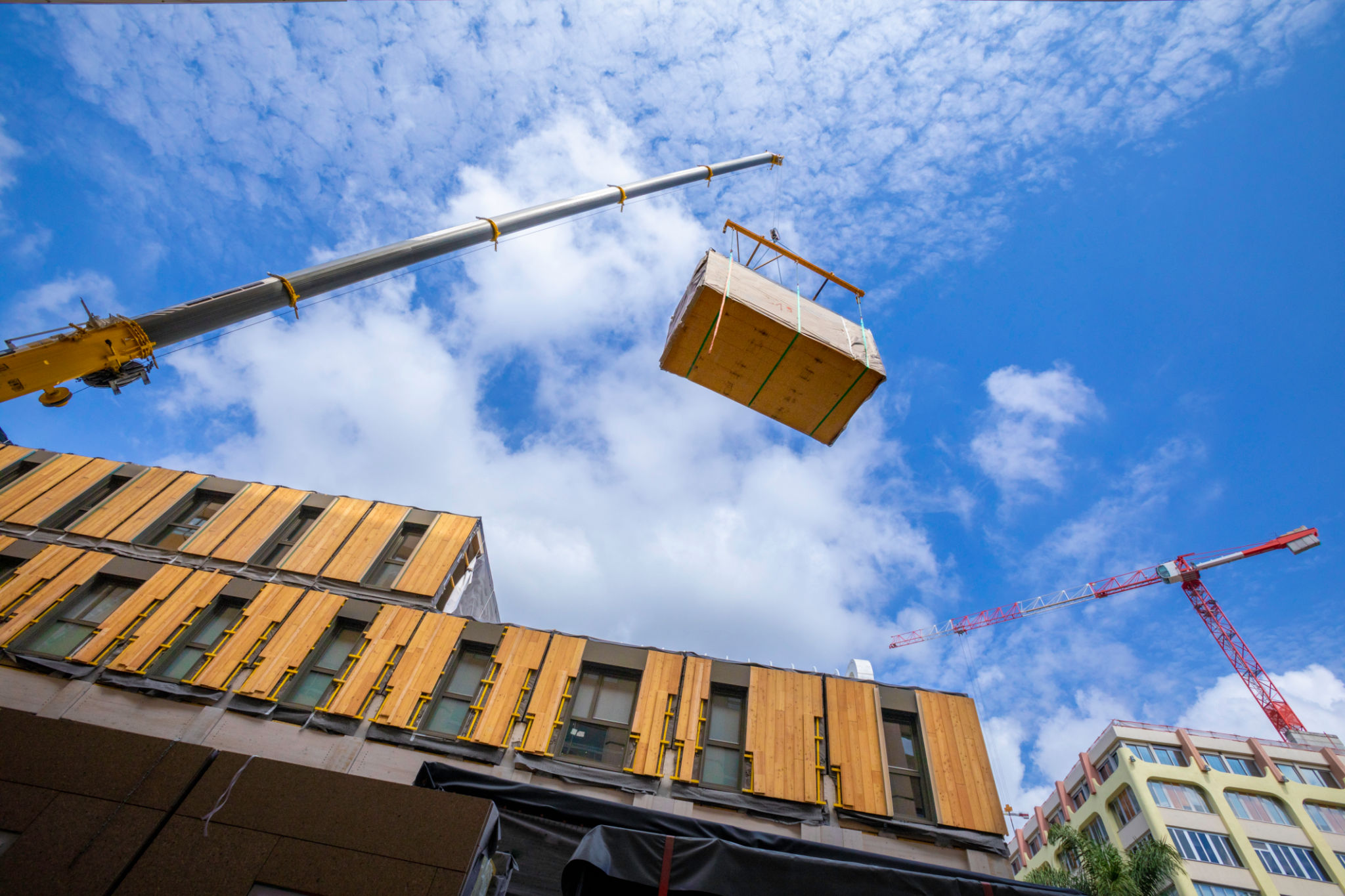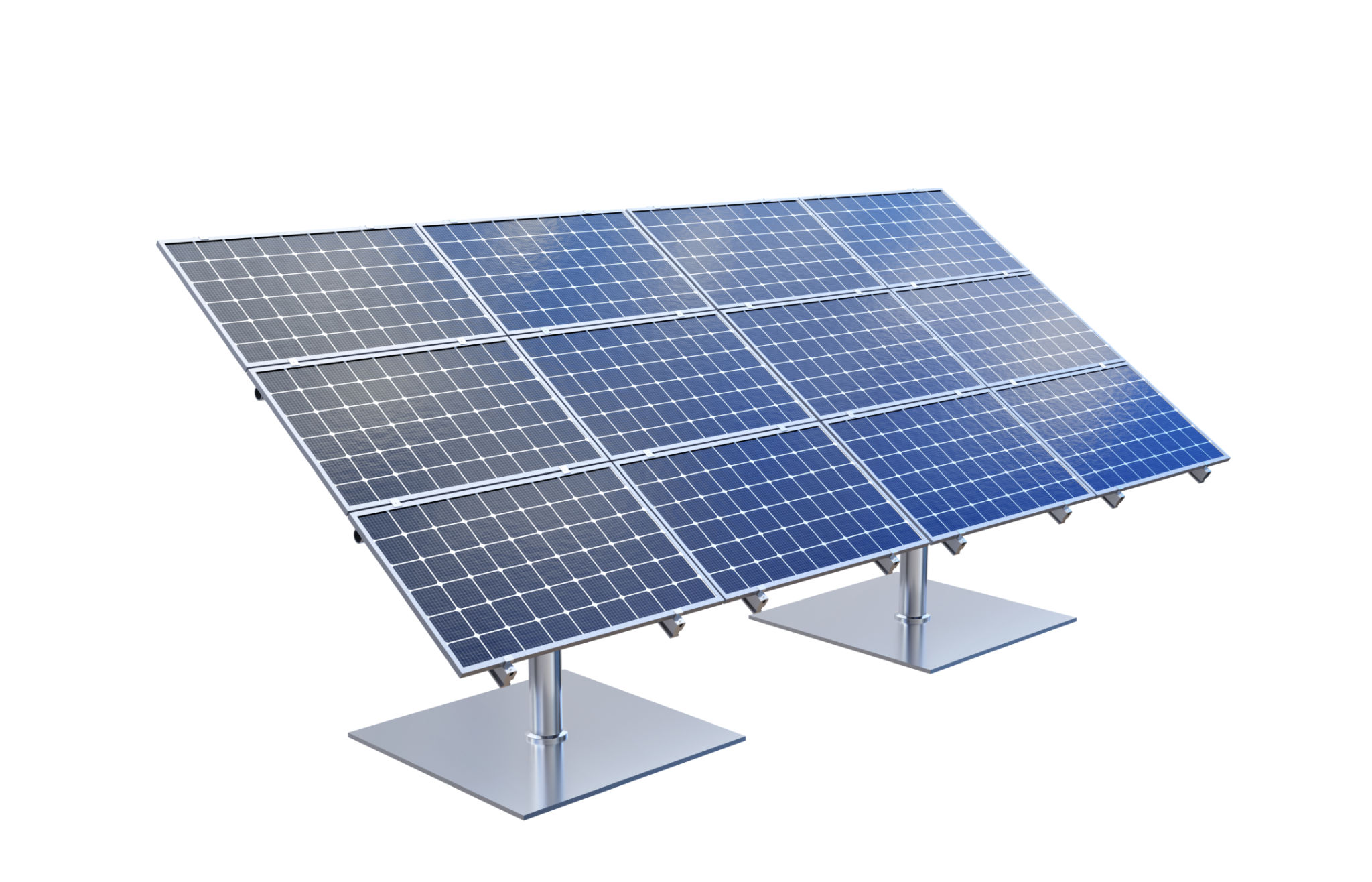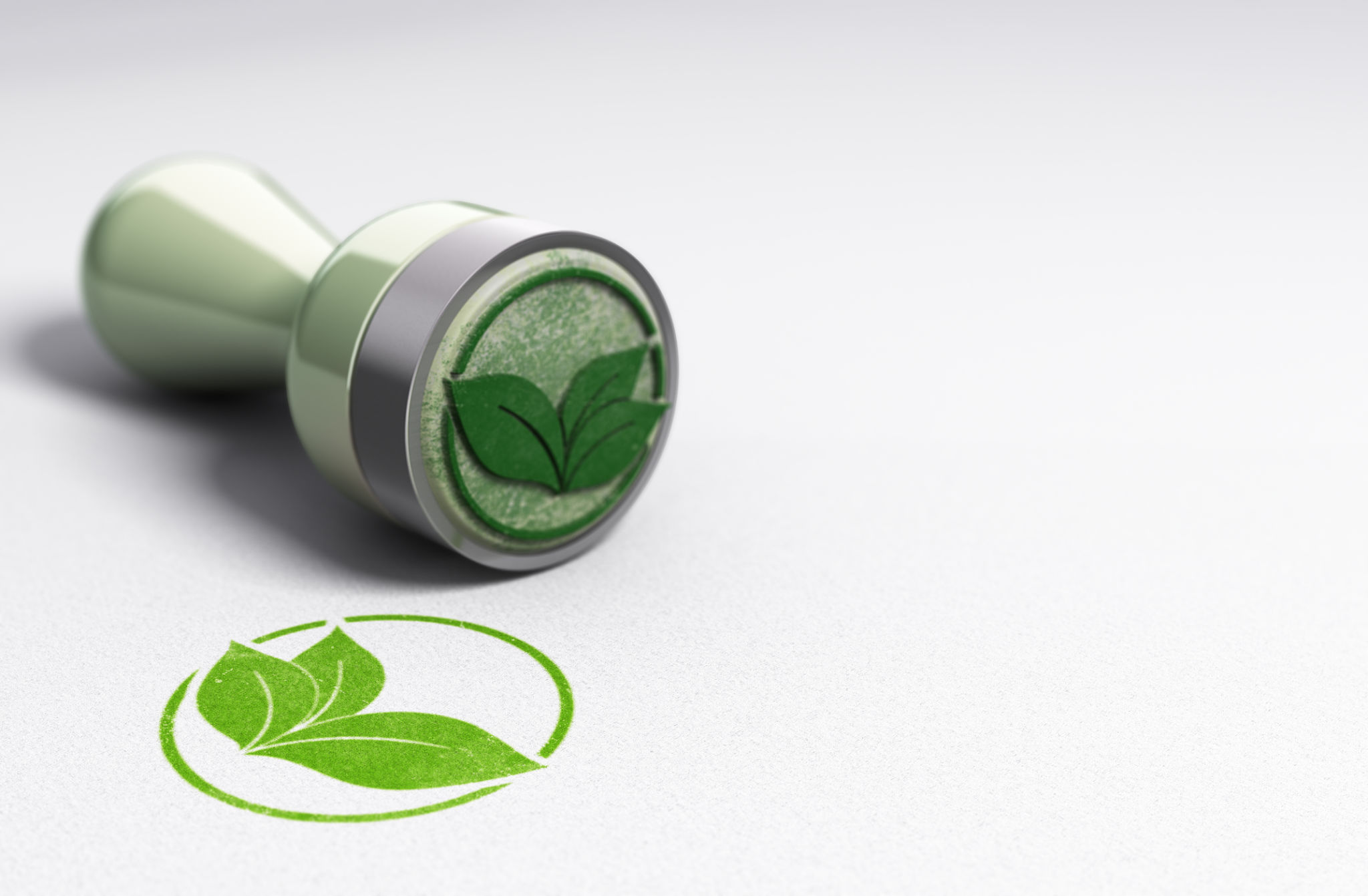Latest Trends in Eco-Friendly Construction Practices
Introduction to Eco-Friendly Construction
As the world increasingly prioritizes sustainability, the construction industry is making significant strides in adopting eco-friendly practices. These sustainable methods not only reduce the carbon footprint but also promote healthier living environments. Let's explore some of the latest trends in eco-friendly construction that are shaping the future of the industry.

Green Building Materials
One of the most significant trends in eco-friendly construction is the use of green building materials. These materials are sourced sustainably and have minimal impact on the environment. Common examples include bamboo, reclaimed wood, and recycled metal. These materials not only reduce waste but also enhance the aesthetic appeal of structures.
In addition, innovative materials like hempcrete and cross-laminated timber are gaining popularity. Hempcrete is a mixture of hemp fibers and lime, offering excellent insulation properties. Cross-laminated timber, on the other hand, provides strength and durability comparable to traditional concrete and steel.
Energy-Efficient Building Designs
Energy efficiency is at the forefront of eco-friendly building practices. Modern designs incorporate features that maximize energy conservation, such as solar panels, high-performance windows, and advanced insulation techniques. These elements work together to reduce energy consumption and lower utility bills.

Moreover, passive design strategies are becoming more prevalent. These strategies include orienting buildings to take advantage of natural sunlight and using thermal mass to regulate indoor temperatures. By reducing reliance on artificial heating and cooling, these designs contribute significantly to energy savings.
Water Conservation Techniques
Water conservation is another critical aspect of sustainable construction. Builders are incorporating systems that minimize water usage, such as rainwater harvesting systems and low-flow fixtures. Rainwater harvesting collects and stores rainwater for non-potable uses like irrigation and toilet flushing.
Additionally, greywater recycling systems are being implemented to reuse water from sinks, showers, and laundry for landscape irrigation. These systems help reduce the demand on municipal water supplies and promote responsible water management.

Smart Building Technologies
The integration of smart technologies in construction is enhancing sustainability efforts. Smart buildings use sensors and automation systems to monitor and manage energy usage efficiently. Features like smart thermostats, lighting controls, and energy management systems enable occupants to optimize resource consumption.
Furthermore, the Internet of Things (IoT) plays a significant role in connecting various building systems for improved efficiency. By analyzing data on energy use and occupancy patterns, IoT devices can offer insights for further improvements in energy conservation.
The Rise of Green Certifications
Green certifications such as LEED (Leadership in Energy and Environmental Design) are becoming increasingly important in the construction industry. These certifications provide a framework for implementing sustainable practices and offer recognition for achieving certain environmental standards.
Achieving a green certification not only enhances a building's marketability but also demonstrates a commitment to environmental stewardship. As consumer awareness grows, these certifications serve as a valuable tool for attracting eco-conscious buyers and tenants.

Conclusion
The trends in eco-friendly construction practices are paving the way for a more sustainable future. By embracing green materials, energy-efficient designs, water conservation techniques, smart technologies, and green certifications, the construction industry is making significant progress towards reducing its environmental impact. As these practices continue to evolve, they will play a crucial role in creating healthier, more sustainable communities for generations to come.